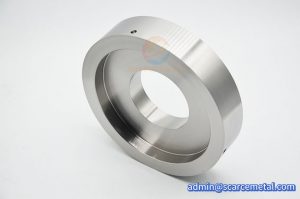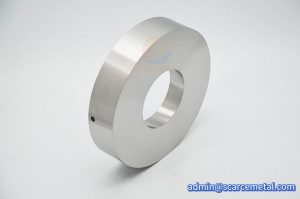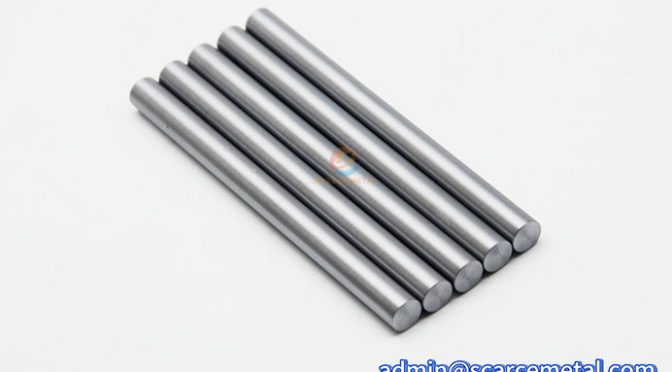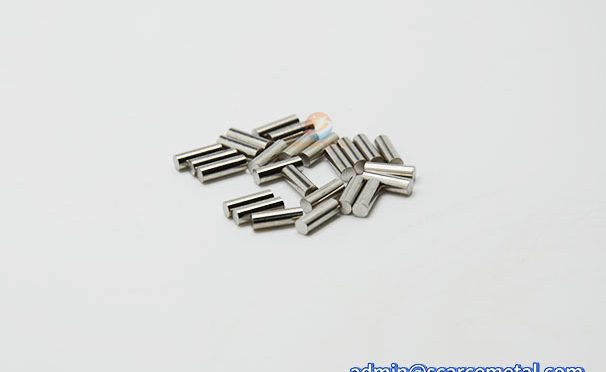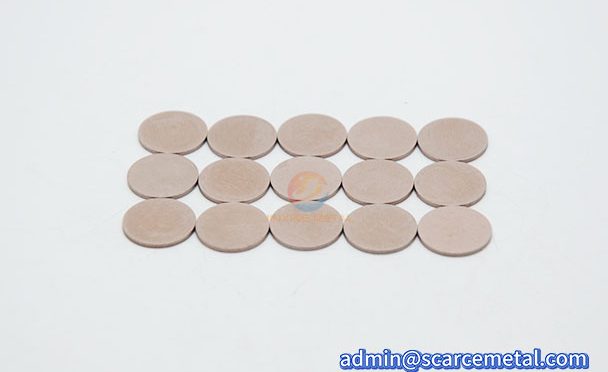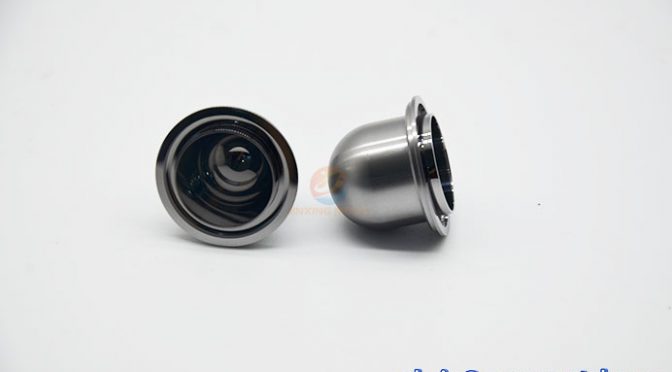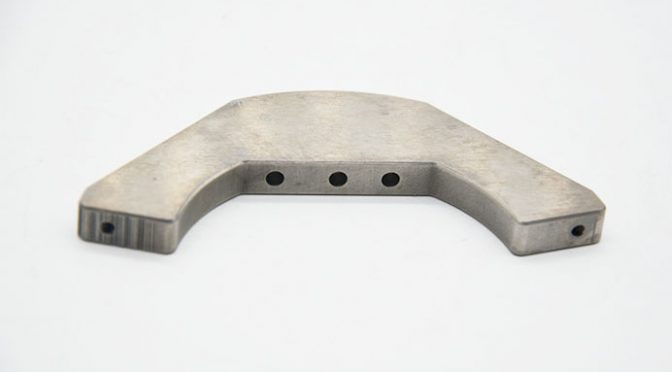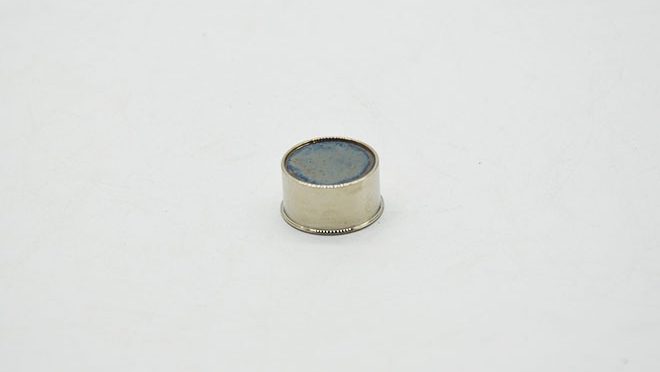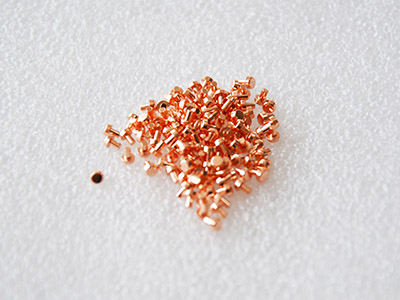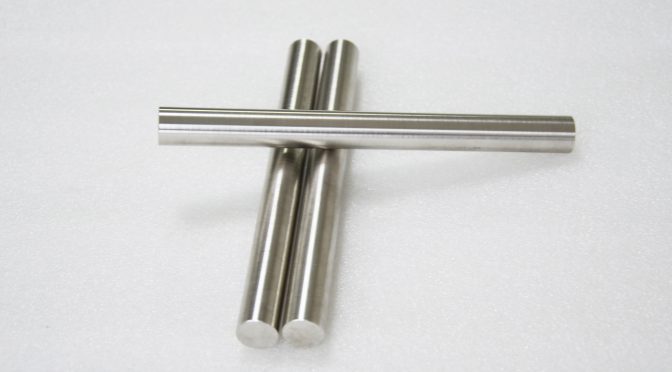Carbide Seal Rings
Overview
Carbide Seal Rings are a kind of sealing element made of cemented carbide (such as tungsten-cobalt alloy, tungsten-titanium-cobalt alloy, etc.). With its excellent comprehensive performance, it ensures the efficient and safe operation of equipment in harsh working conditions that require resistance to wear, corrosion, high temperatures, and high pressures.
Advantage
- It has extremely high hardness and strong wear resistance and can resist the erosion and friction of high-speed fluids and granular media.
- The bending strength can reach 1500-3000MPa, and it has strong impact resistance and can withstand mechanical loads under high-pressure conditions.
- The melting point is as high as 1400-1600℃, and it is not easy to cause seal failure due to thermal expansion or thermal fatigue.
- Tungsten-cobalt alloys have strong corrosion resistance to acids, alkalis, salts, and other media, and can avoid media leakage.
- High processing precision, strong deformation resistance, good dimensional stability, ensuring long-term sealing reliability.
- The service life can reach 5-10 times that of ordinary materials, and the comprehensive maintenance cost is lower.
Dimension
|
Grade |
YG6,YG8,YT15,K10,K20,etc. |
|
Purity |
WC:88-92%,Co:8-10% |
|
Size |
ID:5-150mm OD:10-600mm |
|
Density |
14.5g/cm3 |
|
Hardness |
85-92HRA |
|
Surface |
Alkaline cleaning, High Polished, Bright |
|
Standard |
GB, ASTM, DN15-100 |
|
Delivery Time |
25days |
|
Certification |
ISO 9001 |
Application
- Oil and Gas: Mechanical seals for drilling equipment, reactors, and pipeline valves.
- Chemical and Pharmaceutical: Used for conveying seals of highly corrosive media and aseptic seals in pharmaceutical equipment.
- Energy and Electricity: Used for pipeline seals in thermal and nuclear power generation to improve power generation efficiency and safety.
- Mechanical Manufacturing and Metallurgy: Wear-resistant components for heavy machinery that can withstand the abrasive wear caused by metal chips and dust.
- Aerospace: Seals for engine components such as turbochargers, fuel pumps, and high-temperature gas channels.
Process
①Use high-purity tungsten carbide and cobalt powders for uniform mixing.
②Mold pressing and isostatic pressing, and then vacuum sintering to increase density.
③Aging treatment to eliminate internal stress and reduce the risk of cracking during use.
④Surface grinding and polishing to reduce roughness and improve surface finish.
⑤Performance testing and quality control, and packaging with foam and plywood boxes.
Pictures
